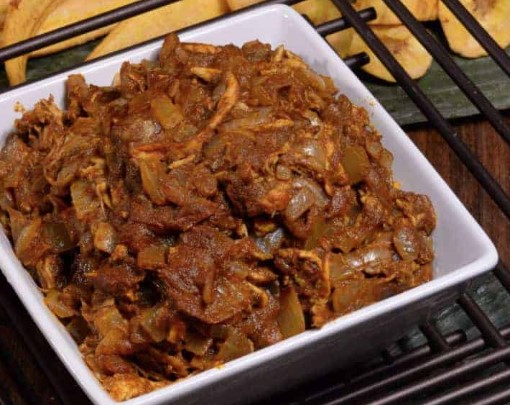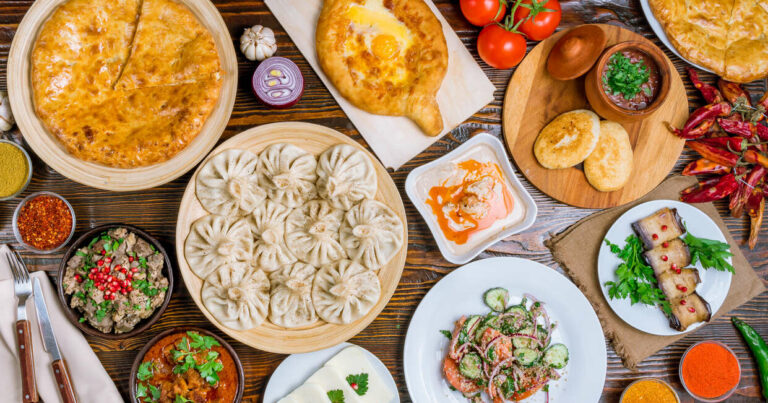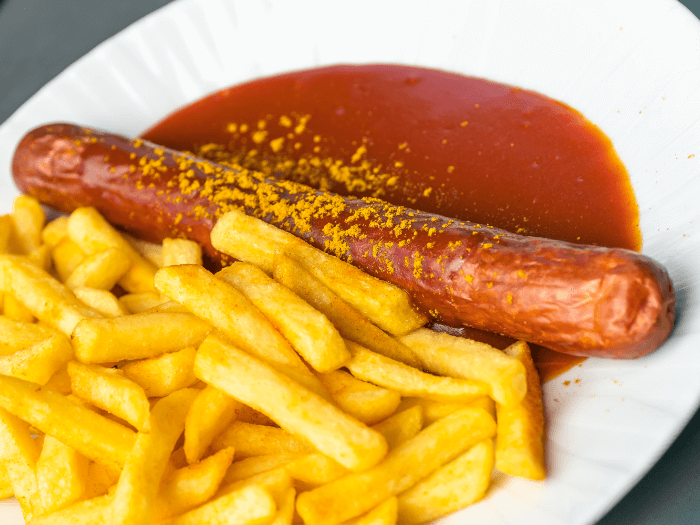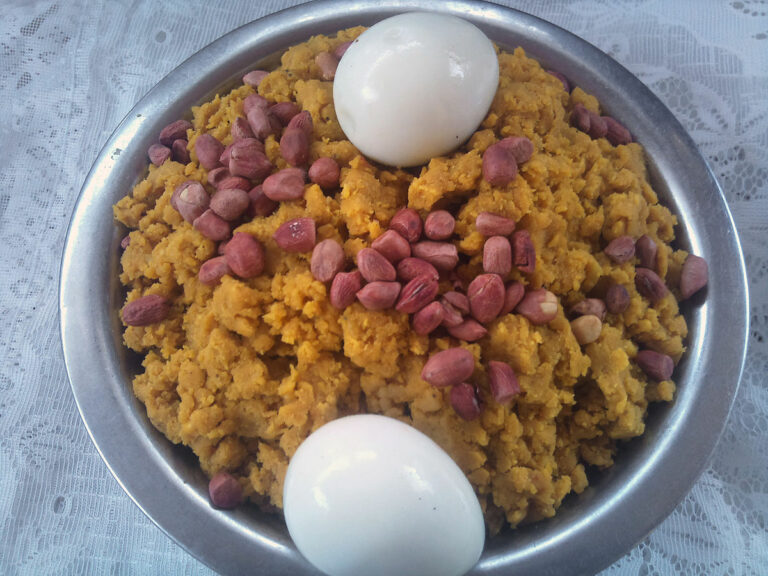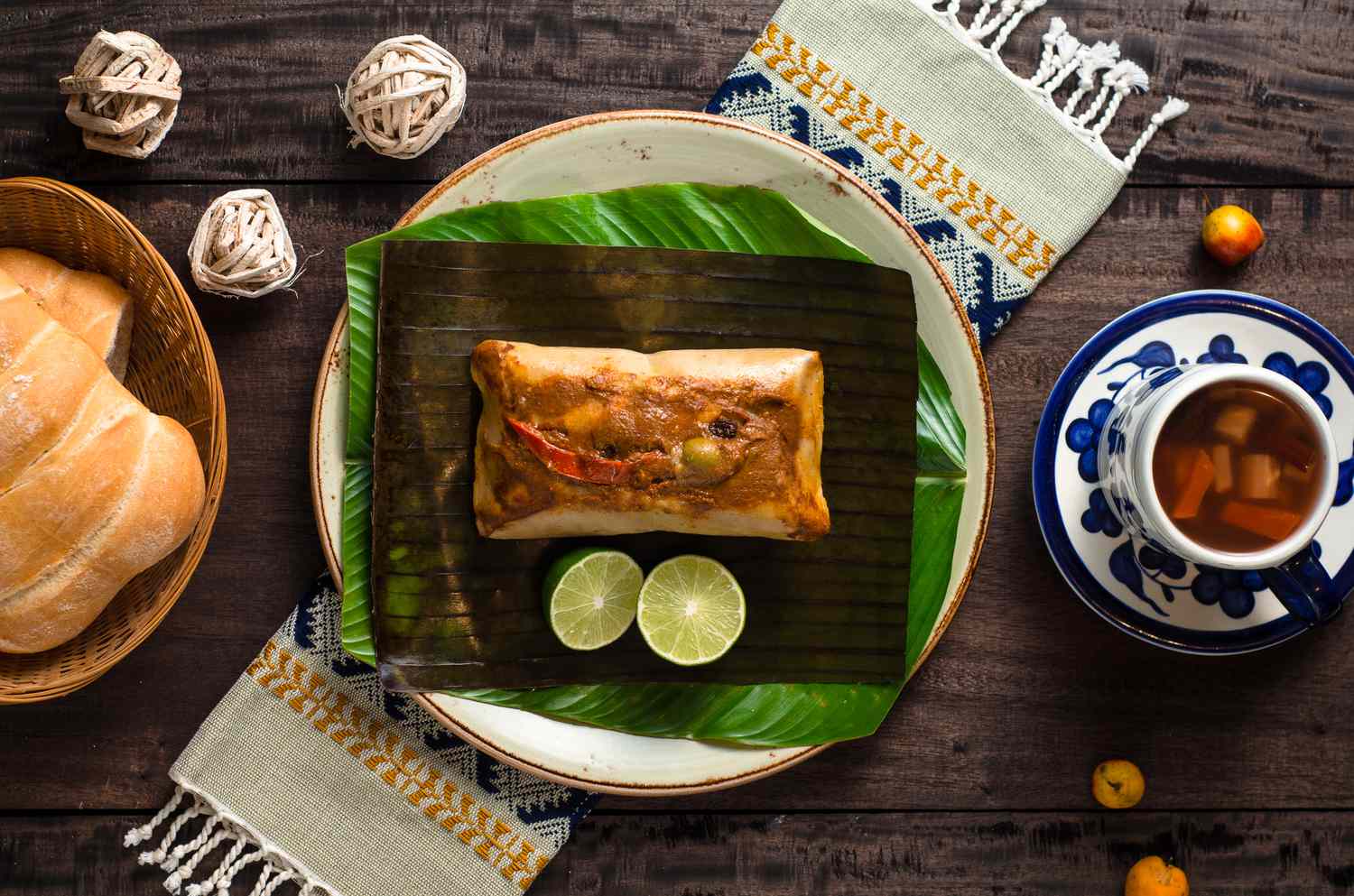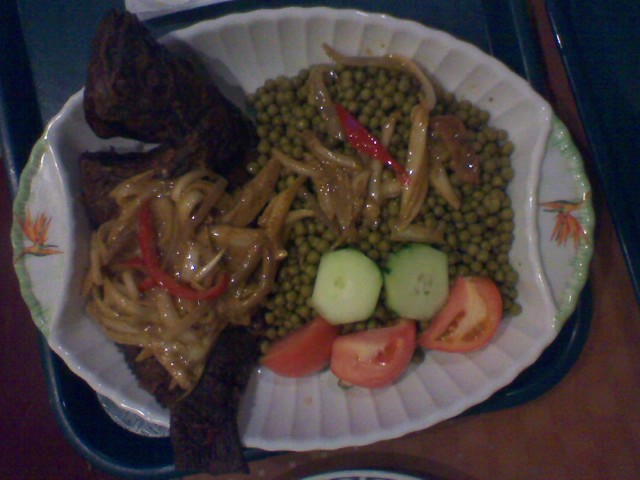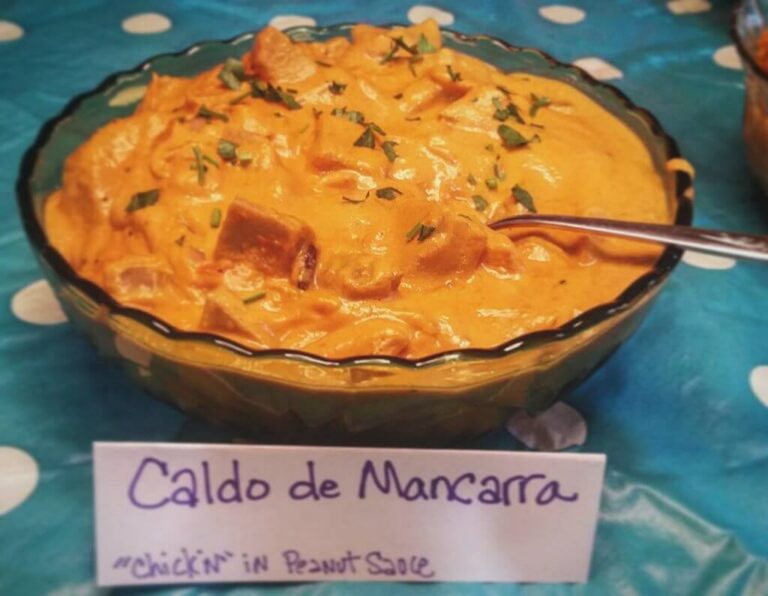Introduction: Exploring Finnish Cuisine
Finnish cuisine is known for its simplicity, purity, and use of local ingredients. It is heavily influenced by the country’s geography and climate, which result in a variety of unique flavors and dishes. While Finnish cuisine is not typically associated with spiciness, the country does have its own selection of spices that are used to enhance the natural flavors of traditional dishes.
The Role of Spices in Finnish Cooking
Spices in Finnish cuisine are used to add depth and complexity to dishes, rather than heat or spiciness. Common spices include allspice, caraway seeds, dill, and juniper berries. These spices are often used to flavor meats, fish, and vegetables, and are typically used in combination with other ingredients such as cream or butter.
Mild and Savory: Common Finnish Spices
Allspice is a staple in Finnish cooking, and is used in everything from stews to desserts. It has a warm, slightly sweet flavor that is reminiscent of cinnamon, nutmeg, and cloves combined. Caraway seeds are another common spice that are often used in breads and soups. They have a slightly bitter, anise-like flavor that complements the earthy flavors of root vegetables. Dill is also a popular herb in Finnish cuisine, and is used to flavor fish, potatoes, and salads. It has a bright, fresh flavor that pairs well with lemon and other citrus flavors. Juniper berries are a key ingredient in Finnish game dishes, and have a mildly spicy, pine-like flavor.
Regional Variations in Finnish Cuisine
Finnish cuisine varies by region, with each area having its own unique specialties and flavors. In the north, traditional dishes often feature reindeer meat, which is marinated in a mixture of spices and slow-cooked. In the south, the cuisine is heavily influenced by Swedish and Russian flavors, with dishes such as meatballs and blinis being popular. Along the coast, seafood plays a prominent role in the cuisine, with fish such as salmon and herring being used in a variety of dishes.
International Influences on Finnish Spices
Finnish spices have been influenced by international flavors and cuisines over time. In the 18th century, for example, French cuisine was introduced to Finland by the upper classes, and spices such as tarragon and chervil were incorporated into traditional dishes. In recent years, global cuisine has become increasingly popular in Finland, with flavors from Asia, the Middle East, and Africa being incorporated into Finnish cooking.
Conclusion: The Diverse Flavors of Finnish Cuisine
While Finnish cuisine may not be known for its spiciness, the country’s use of local spices and ingredients creates a diverse and flavorful cuisine. From the earthy flavors of caraway seeds to the fresh, citrusy taste of dill, Finnish spices add depth and complexity to traditional dishes. Whether you’re enjoying reindeer stew in the north or seafood along the coast, Finnish cuisine is sure to offer a unique and delicious culinary experience.


